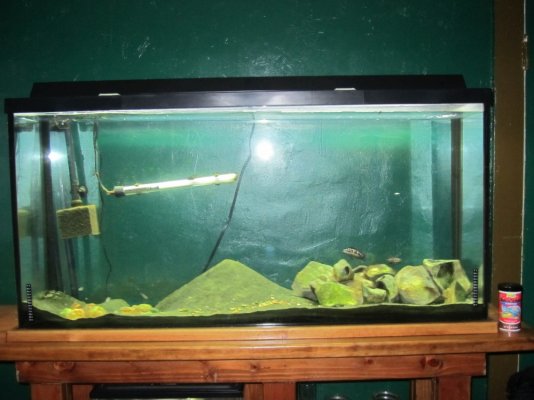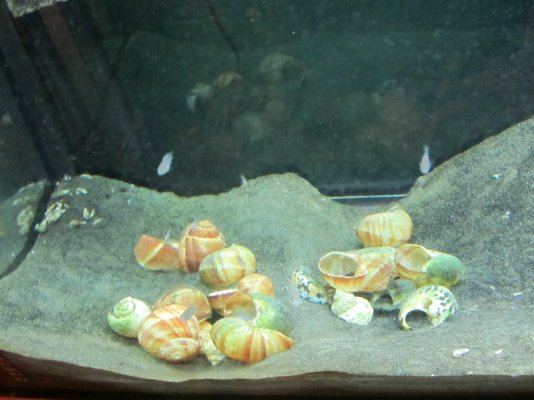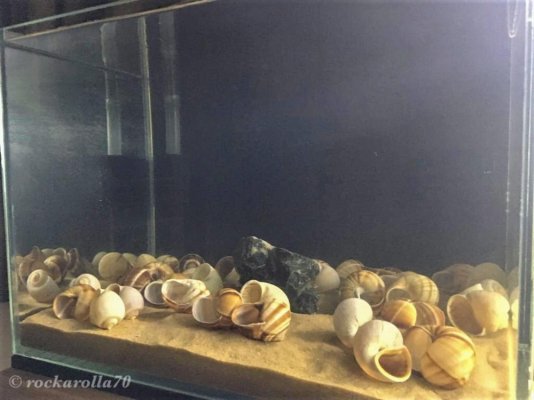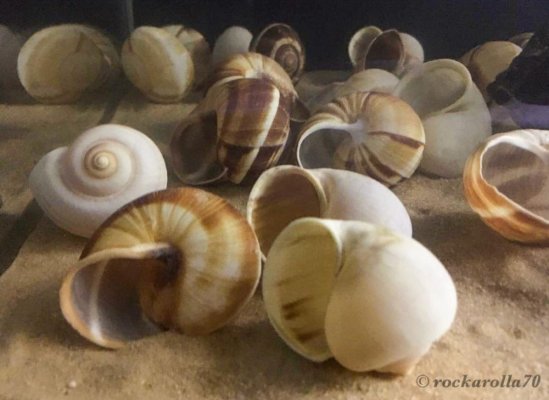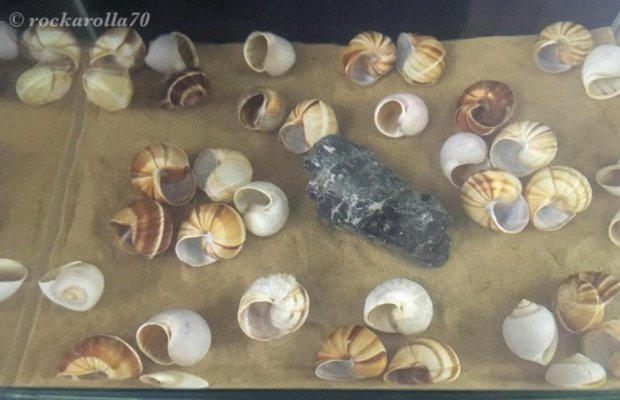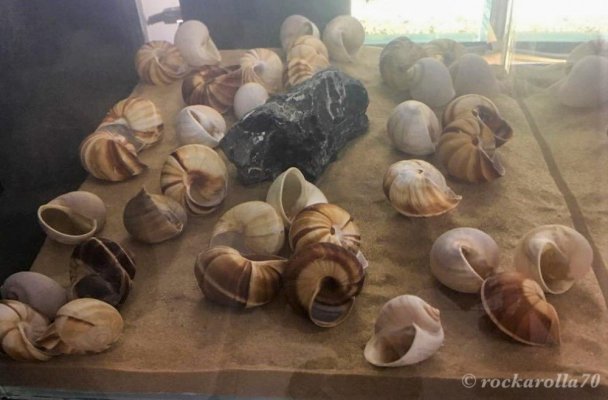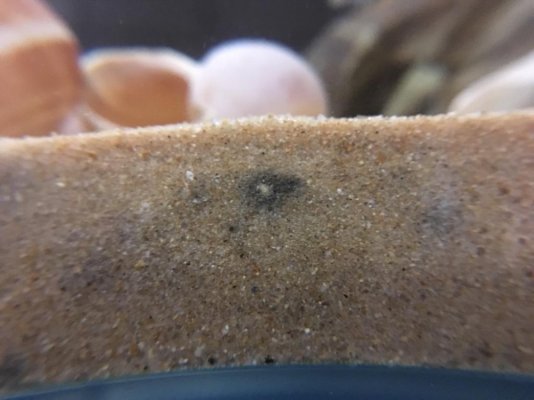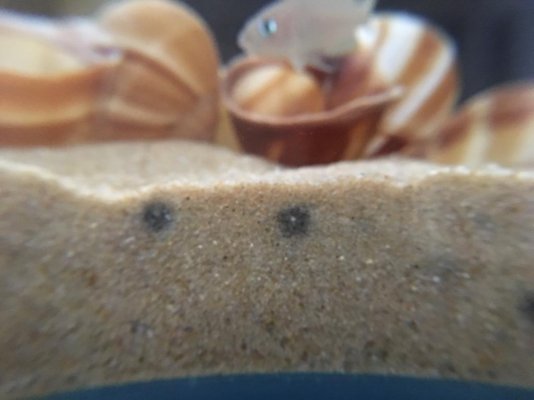rockarolla70
Aquarium Advice Apprentice
- Joined
- Jul 1, 2019
- Messages
- 30
Hi Folks,
Am pretty new to this hobby, just got into this last year. As of now I have 2 tanks.
Tank 1 - Community Tank - 28 gallon
Tank 2 - Species Specific (Betta Splenden) - 8 gallon
Now planning to go for the 3rd tank & this too I want it to be a species-specific tank, got interested with multi’s after reading a lot of material bout them. I have quite a few questions which I think lot of hobbyist here can help me out with. With the space constraint the best I can for is a 11 gal tank (16.5” x 13” x 12”). My thought is to have
- 2 male & 3 females
- Aqua Clear 20 power filter
- Fluval pre-filter sponge
- 0.5 inches of river sand at the bottom
- 1 inch of aquarium sand over the river sand
- 12 to 15 giant escargot shells.
- Very few plants or nothing.
- Lighting (I want some suggestions)
I want to know if am in the right direction or not. Point out wherever I am wrong or something needs to be changes or any hobbyist have suggestions/opinions as I just want to make it right as in India, we don’t have must hobbyist are into multifasciatus & getting them is quite a challenge.
Help/Suggestion/Opinions appreciated in advance.
Am pretty new to this hobby, just got into this last year. As of now I have 2 tanks.
Tank 1 - Community Tank - 28 gallon
Tank 2 - Species Specific (Betta Splenden) - 8 gallon
Now planning to go for the 3rd tank & this too I want it to be a species-specific tank, got interested with multi’s after reading a lot of material bout them. I have quite a few questions which I think lot of hobbyist here can help me out with. With the space constraint the best I can for is a 11 gal tank (16.5” x 13” x 12”). My thought is to have
- 2 male & 3 females
- Aqua Clear 20 power filter
- Fluval pre-filter sponge
- 0.5 inches of river sand at the bottom
- 1 inch of aquarium sand over the river sand
- 12 to 15 giant escargot shells.
- Very few plants or nothing.
- Lighting (I want some suggestions)
I want to know if am in the right direction or not. Point out wherever I am wrong or something needs to be changes or any hobbyist have suggestions/opinions as I just want to make it right as in India, we don’t have must hobbyist are into multifasciatus & getting them is quite a challenge.
Help/Suggestion/Opinions appreciated in advance.

